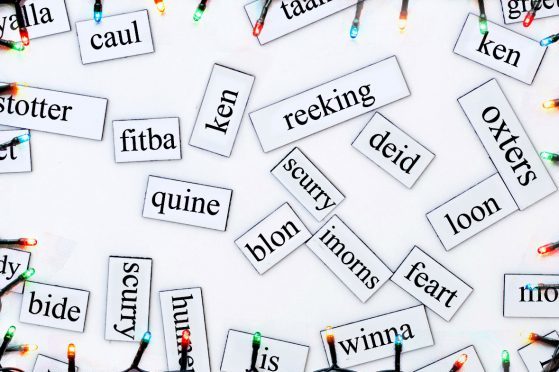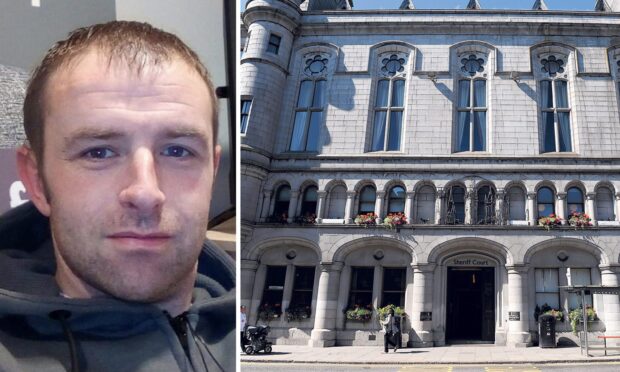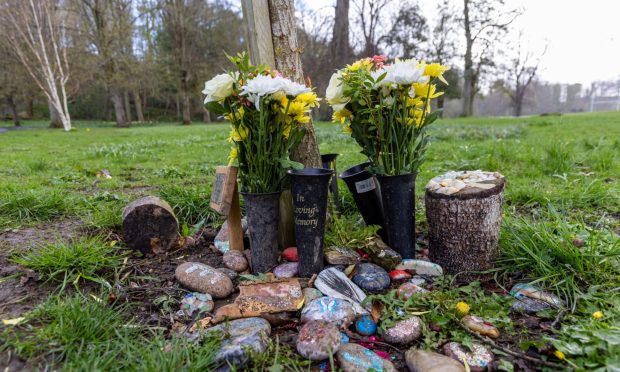A new group has been set up to boost the profile of the north-east’s dialect.
Led by two universities and involving representatives from four councils, the North East Scots Language board will work to heighten the profile of Doric and other north-east variations.
The board will be officially launched on March 28, with the challenge of getting more schools, businesses, and institutions across the region to engage with North-East Scots.
The new organisation, hosted by the Elphinstone Institute at Aberdeen University has representatives from Robert Gordon University, Aberdeen City Council, Aberdeenshire Council, Moray Council, and Angus Council.
It is aiming to work in partnership with a wide range of local organisations, such as Mither Tongue in Keith, the Buchan Heritage Society, The Doric Neuk in Turriff and the Grassic Gibbon Centre in Arbuthnott.
Dr Thomas McKean, the director of the Elphinstone Institute, explained yesterday the initiative was designed to nurture new ideas, demonstrate the vibrancy of the language in the 21st century and ensure young people were introduced to Doric and North-East Scots in as many places as possible.
He said: “We know we need to reach out to youngsters; it’s important that young people see themselves – and the language they speak – reflected back at them in the media and public life.
“Children need to know that someone who speaks their native language can be a success in any walk of life.
“That is why we are trying to bring together all the different bodies in the region and develop a long-term plan to see North-East Scots being taught in primary and secondary schools.
“Who doesn’t want to be bilingual? It’s a great advantage in life. That will be one of the messages we will be promoting and there are so many benefits to youngsters getting involved in learning about their own language.
“Many groups have done great things over the years to promote the language. But we want to bring everyone together to work as one.”
Mr McKean has recently collaborated on such ventures as a new version of Handel’s Messiah with Professor Paul Mealor and Doric translator, Gordon Hay, and the world premiere took place on Saturday.
But he appreciates the urgency of the task in bringing the language to a wider audience.
He added: “We have a big area to cover, stretching all the way from Nairn to Dundee.
“But we will be campaigning in a coherent way to raise the profile of North-East Scots, and we’re really pleased to be involved in the creation of the national Scots Language Board, as well.
“The school issue is very important. If children learn about a language at five or six, and become interested in it, there is a good chance it will stay with them for the rest of their lives.
“In the end, what we’re really trying to do is help people feel proud about North-East culture, and a big part of that is language.”










